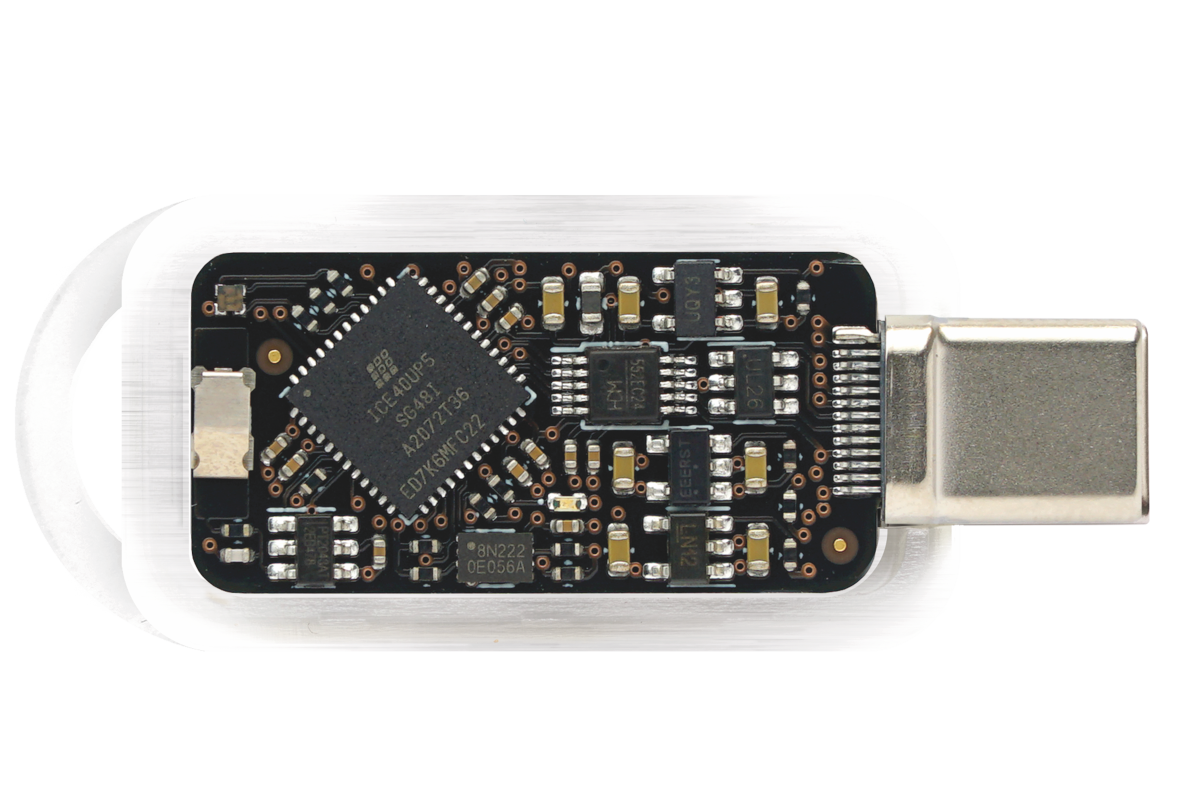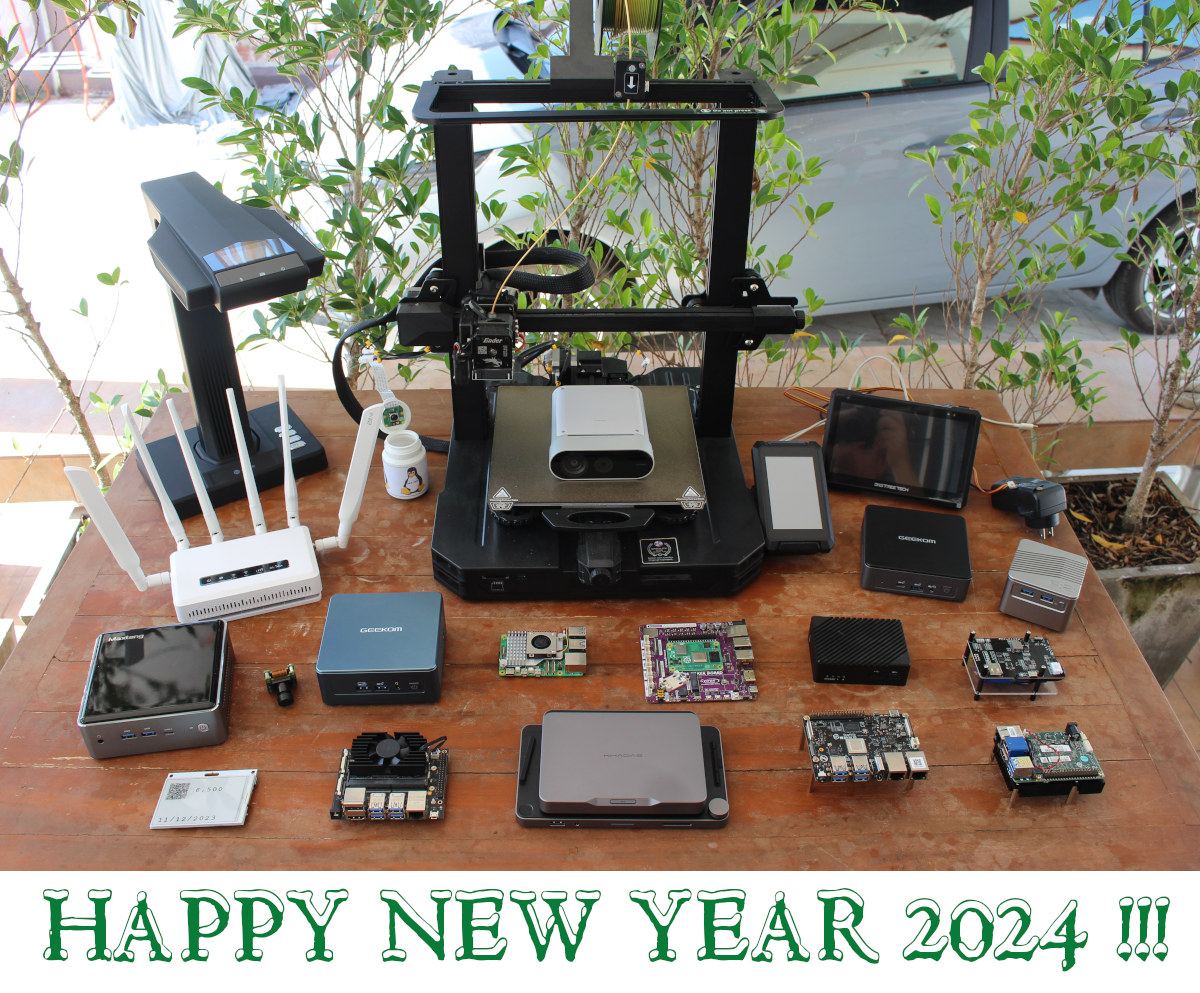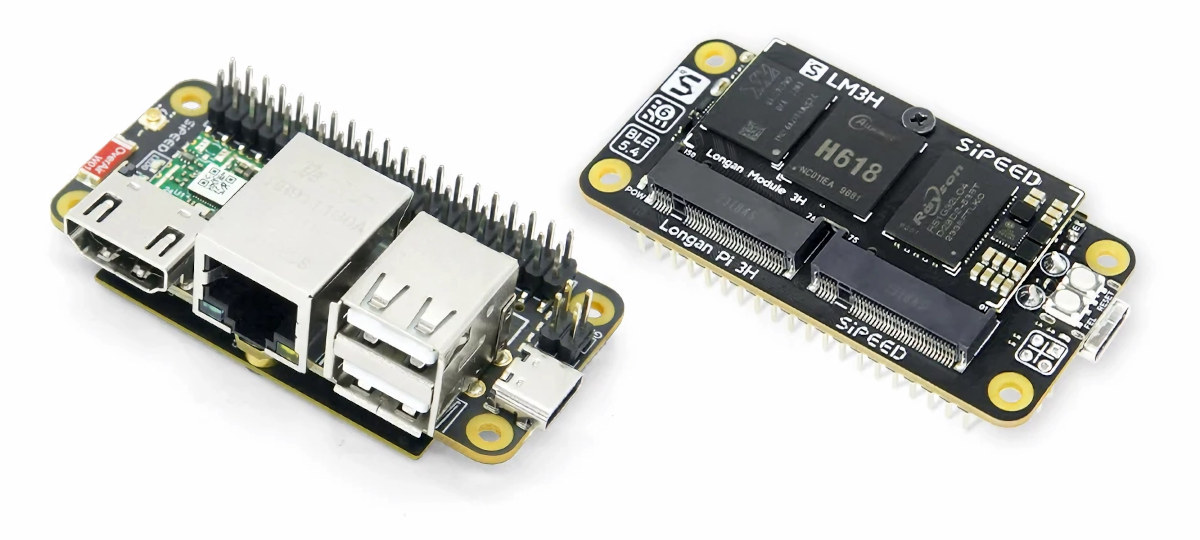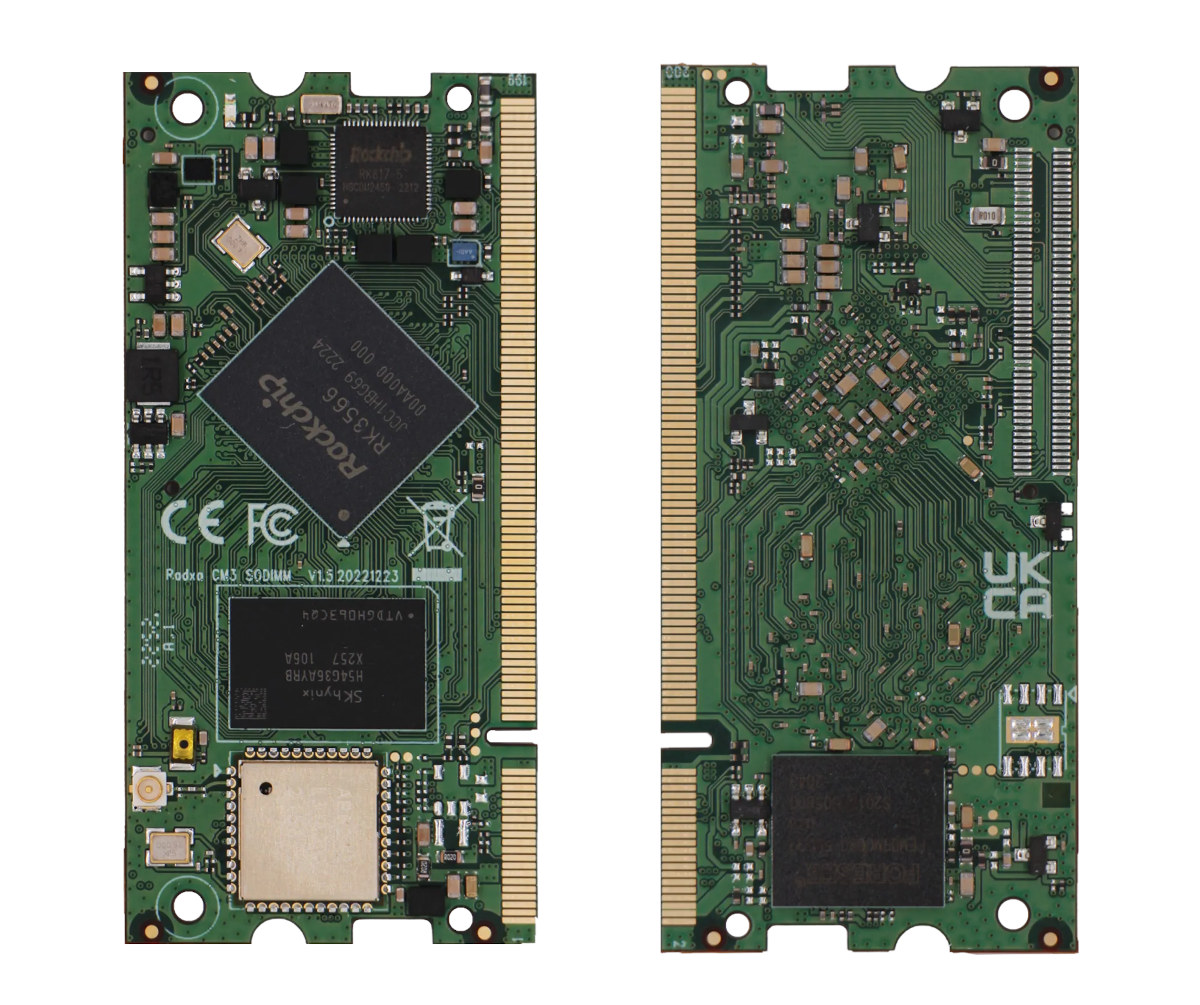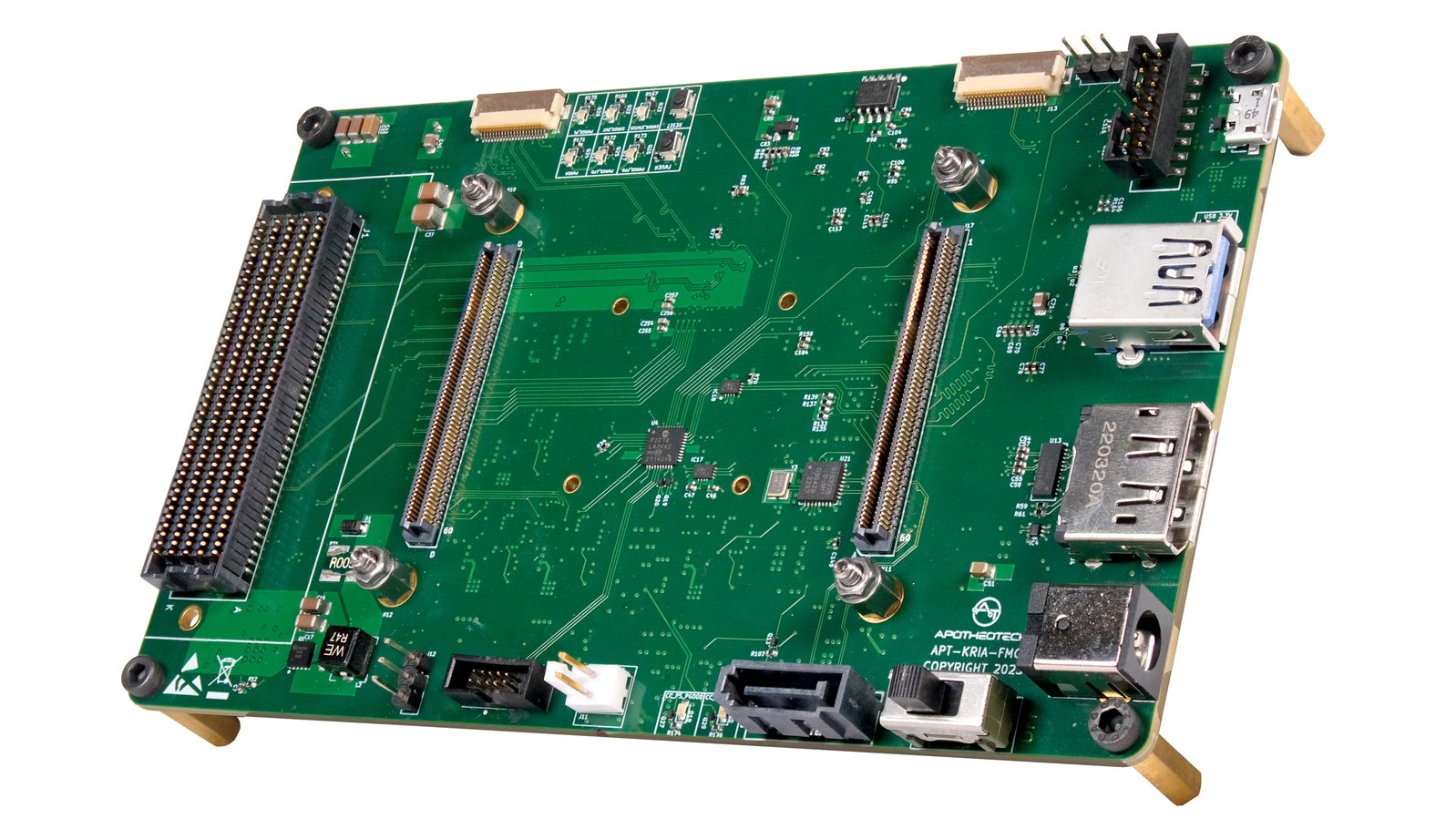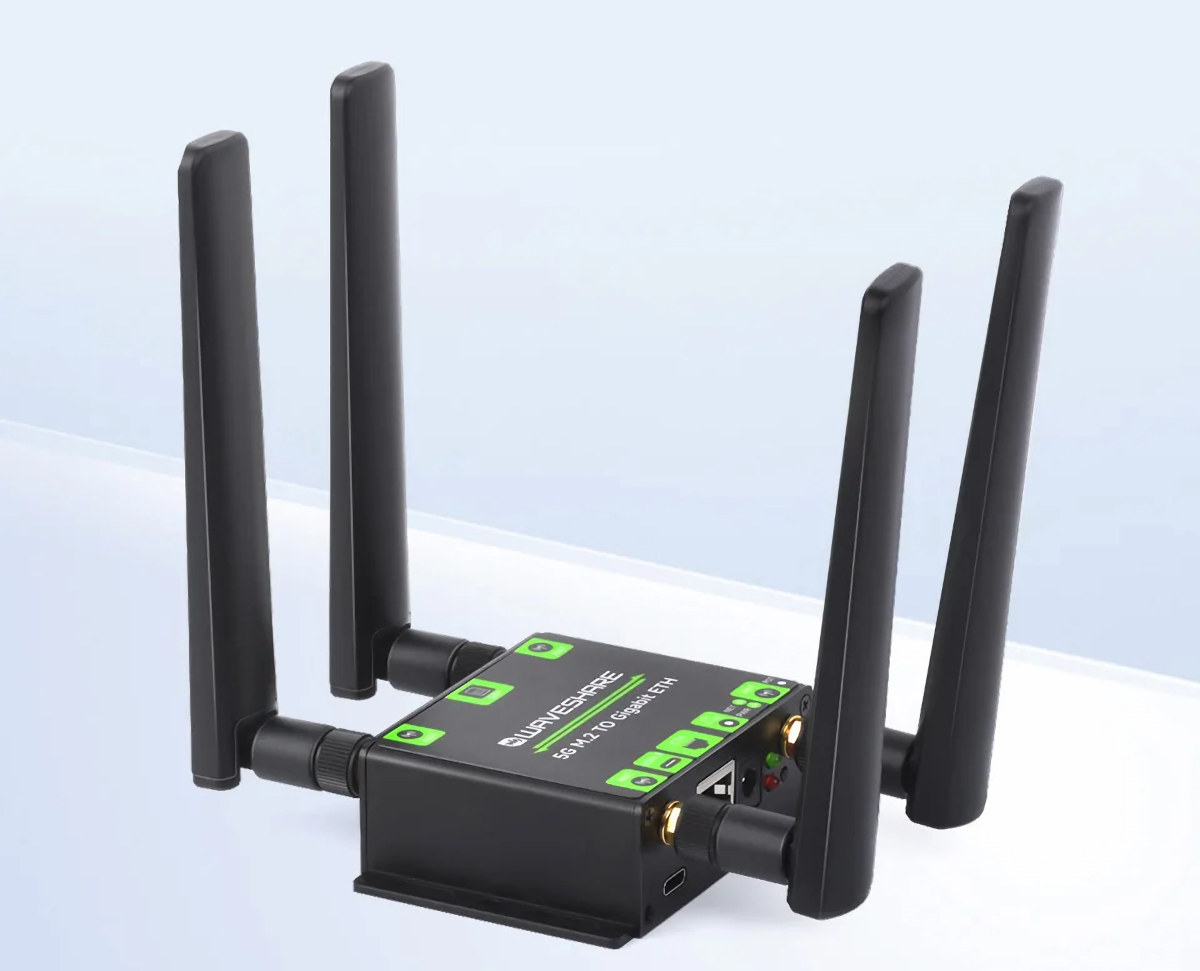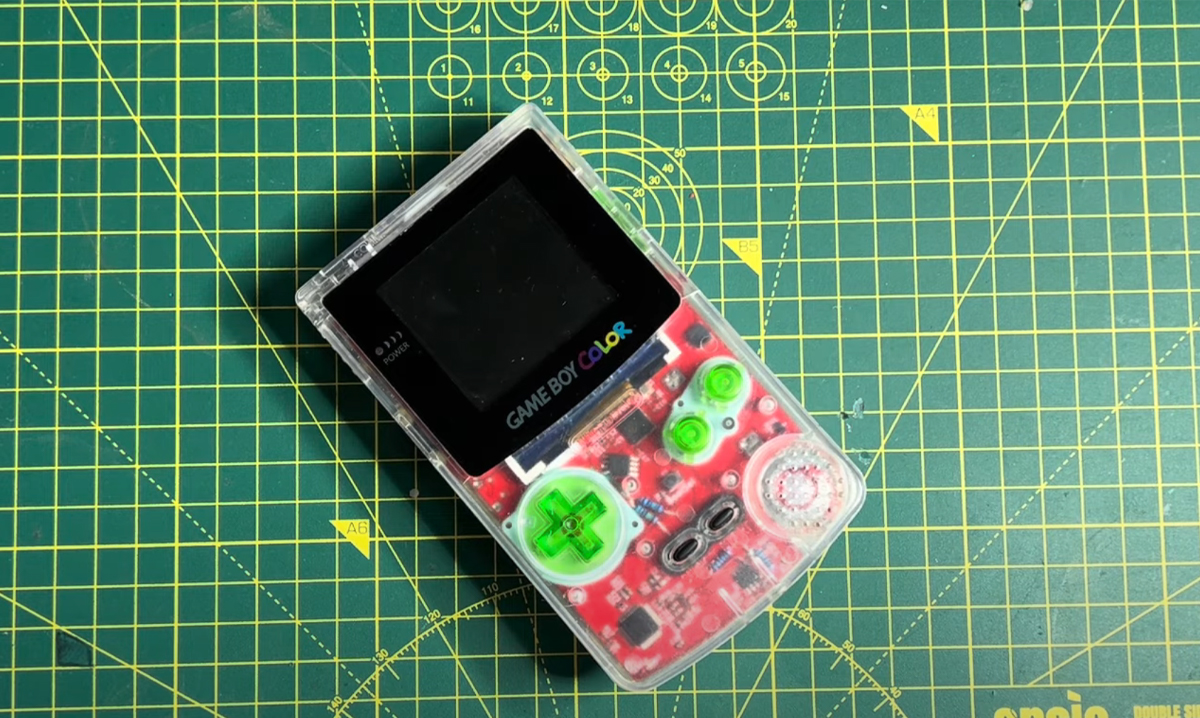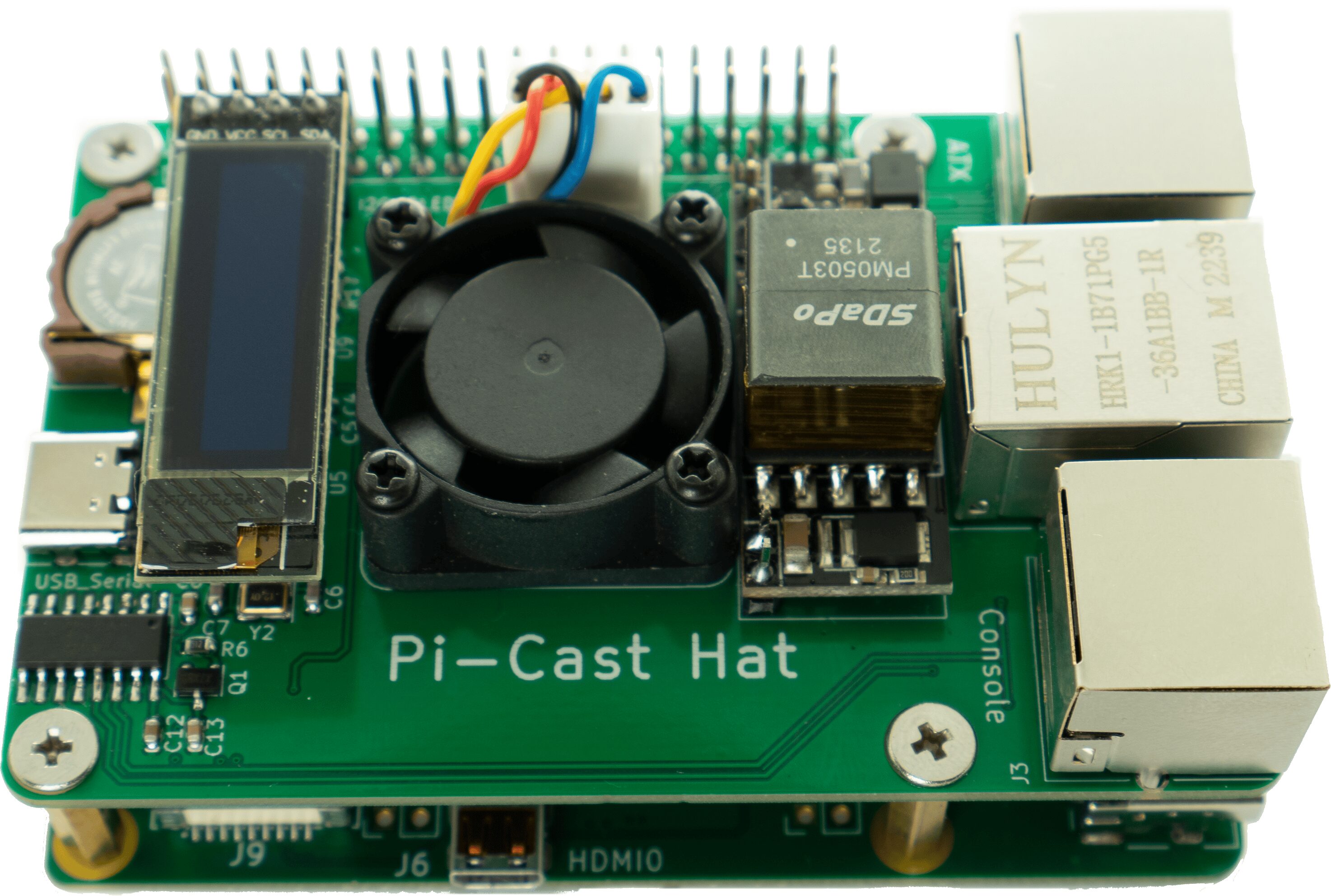Tillitis’ TKey is a small, simple security key in a USB-C form factor, and described as a “new type of flexible USB security token” that is inspired by DICE (Device Identifier Composition Engine) and measured boot powered by a simple 32-bit RISC-V core, the PicoRV32, in a Lattice iCE40 UP5K FPGA. While we have covered hardware security modules in the past, this is the first security key we have seen that is based on an FPGA running a RISC-V core. The security token lacks persistent, onboard storage, unlike alternatives such as Yubikey Neo. Apps need to be loaded onto the key every time it is connected to a host device. It uses measured boot to generate a unique identifier for each application and is more secure than the alternatives since private keys are not stored on the device. Also, the hardware and software for the TKey are completely open-source for […]
2023 Year in review – Top 10 posts, statistics, and what to expect in 2024
It’s the last day and last article of the year, so we will look at some highlights of 2023, some traffic statistics on the CNX Software website, and speculate what interesting developments may happen in 2024. Looking back at 2023 The semiconductor shortage that had happened since 2020 started to fade away in early 2023, and supplies for most electronics components and devices seem to be adequate at this time, so that was a bright spot this year, and hopefully, it will stay that way in 2024 despite geopolitical tensions. We did not have any super exciting new Arm application processors from Rockchip, Amlogic, or Allwinner announced this year, although the Amlogic S928X penta-core Cortex-A76/A55 CPU started to show up in some 8K TV boxes. The launch of the Raspberry Pi 5 SBC with a Broadcom BCM2712 quad-core Cortex-A76 processor was probably the main highlight for Arm on this side […]
Sipeed Longan Pi3H – A Raspberry Pi Zero-sized board with gigabit Ethernet, WiFi 6, HDMI, and USB ports
Sipeed Longan Pi3H is a Raspberry Pi Zero-sized single board computer (SBC) powered by an Allwinner H618 quad-core Cortex-A53 processor and equipped with full-size connectors namely an HDMI 2.0 video output, two USB 2.0 Type-A ports, and a gigabit Ethernet RJ45 jack. It also offers WiFi 6 and Bluetooth 5.4 connectivity, features the usual 40-pin GPIO header found in Pi Zero boards and relies on a USB OTG Type-C port for power. Its design is unusual for a board of that size, not only because of the full-size ports, but also because it’s comprised of a carrier board and a replaceable LM3H CPU module with the Allwinner H618 SoC, RAM, and eMMC flash. Sipeed Longan Pi3H specifications: SoC – Allwinner H618 CPU – Quad-core Arm Cortex-A53 processor @ up to 1.5GHz with 1MB L2 cache GPU – Arm Mali-G31 MP2 GPU with support for OpenGL ES 1.0/2.0/3.2, OpenCL 2.0, Vulkan […]
Radxa CM3S Rockchip RK3566 SODIMM system-on-module supports up to 8GB RAM, 128GB flash, wireless module
Radxa CM3S (Compute Module 3 SODIMM), also called the ROCK3 Compute Module SODIMM, is a system-on-module with a 200-pin SO-DIMM edge connector powered by a Rockchip RK3566 processor with up to 8GB RAM, 128GB eMMC flash, and an optional wireless module with WiFi 4 and Bluetooth 4.2. It follows the company’s CM3 module with Raspberry Pi CM4 form factor based on the same Rockchip RK3566 SoC, but in a more compact SO-DIMM form factor with a 200-pin edge connector that’s compatible with the Raspberry Pi Compute Module 3/3+, but not compatible with NVIDIA’s Jetson Nano, Xavier NX, and Orin NX 260-pin SO-DIMM modules, and you’d need to wait for the upcoming Radxa NX5 instead… Radxa CM3S specifications can be found below along with the ones for the Radxa CM3 and Rockchip RK3568-based Radxa CM3I system-on-modules. Note that some of the specifications differ depending on where you look on the Radxa […]
Aper-Oculus is an open-source camera development board for AMD Xilinx’s Kria SoM (Crowdfunding)
The Aper-Oculus board is an open-source hardware camera carrier board for the AMD Xilinx Kria system-on-modules aimed at high-speed computer vision applications. The carrier board is built around the Sony SLVS-EC (Scalable Low-Voltage Signaling with Embedded Clock), a high-speed interface standard that delivers high-resolution video output to the FPGA. It also features several connectivity options, including dual MIPI connectors, USB 3.0, DisplayPort, and SATA to accommodate the varying demands of AI and robotics projects. The Kria K24 and K26 SOMs are adaptive system-on-modules designed for edge and vision applications. These small modules are ruggedized and come with hardware acceleration enabled out-of-the-box. The Kria lineup also includes a series of starter kits, such as the KR260 Robotics Starter Kit, which are designed for early evaluation and development. Aper-Oculus specifications: Processor-Board Support – Compatible with AMD Xilinx Kria SOMs Video Interface – SLVS-EC for high-speed, high-quality video input Expansion – FMC connector […]
$44 5G M.2 to Ethernet and USB “converter” takes M.2 5G PCIe modules
Waveshare “5G M.2 to Gigabit Ethernet converter, 5G M.2 to USB3 converter” is a single device designed to easily and cheaply add 5G connectivity to a LAN through a gigabit Ethernet port or to a specific host like a PC or a Raspberry Pi SBC through a USB 3.1 Type-C port. The 5G M.2 to Ethernet and USB converter is flexible as by default it does not ship with a 5G module, but features an M.2 Key-B socket for 5G 3042 or 3052 modules allowing it to meet the requirements of a specific location. 5G M.2 to Ethernet and USB converter key features and specifications: Cellular M.2 Key B socket for 3042/3052 5G modules from SIMCom (SIM82XX), Quectel (RM5XX), and Fibocom (FM160XX) Onboard standard SIM card slot 4x 5G omnidirectional high-gain antennas Ethernet – Gigabit Ethernet RJ45 port using RealTek RTL8125 controller USB – USB 3.1 Type-C port for connection […]
ReBoi Raspberry Pi Game Boy project blends classic gaming with modern tech (Crowdfunding)
James Sargent’s ReBoi Raspberry Pi Game Boy is a Raspberry Pi Zero-powered handheld console kit that easily snaps and screws together without soldering. Its design allows the PCB to fit snugly into both original and replica Nintendo Game Boy Color cases. We’ve seen several handheld consoles with powerful processors and great portability, including the Raspberry Pi CM4 console similar to a Nintendo Switch Lite, GPD WIN Max, LyRa RPi CM3L, and many other gaming consoles. Key Highlights of the ReBoi Raspberry Pi Game Boy Kickstarter Project: Core Concept: A Raspberry Pi-powered handheld that revives the classic Game Boy console. Continues the tradition of distributing DIY electronics as kits. Enabling anyone to build their own Game Boy. Accessibility and Ease of Assembly: No soldering is required; the kit snaps and screws together. Comprehensive website with documentation and tutorials for easy assembly. Raspberry Pi Zero and RP2040 Integration: Integrates Raspberry Pi Zero […]
Pi-Cast is a portable KVM switch based on Raspberry Pi CM4 (Crowdfunding)
The Pi-Cast KVM is a compact, open-source KVM (Keyboard, Video, Mouse) over IP device based on the Raspberry Pi CM4. It is powered by PiKVM, an open-source IP-KVM solution, and allows you to control and manage other devices remotely regardless of the operating system or even if one isn’t installed. The Pi-Cast KVM is capable of controlling any device with HDMI and USB ports. It works for low-level access and enables BIOS and UEFI configuration without an operating system installed. You can turn off and start the target system, as well as check for low-level hardware problems, all from a web browser. The Pi-Cast KVM is similar to the PiKVM v3 but is built around the Raspberry Pi CM4 (like the PiKVM v4) instead of being a HAT for Raspberry Pi SBC. The company behind this device has compared the Pi-Cast with market alternatives such as PiKVM v4 Plus and […]


